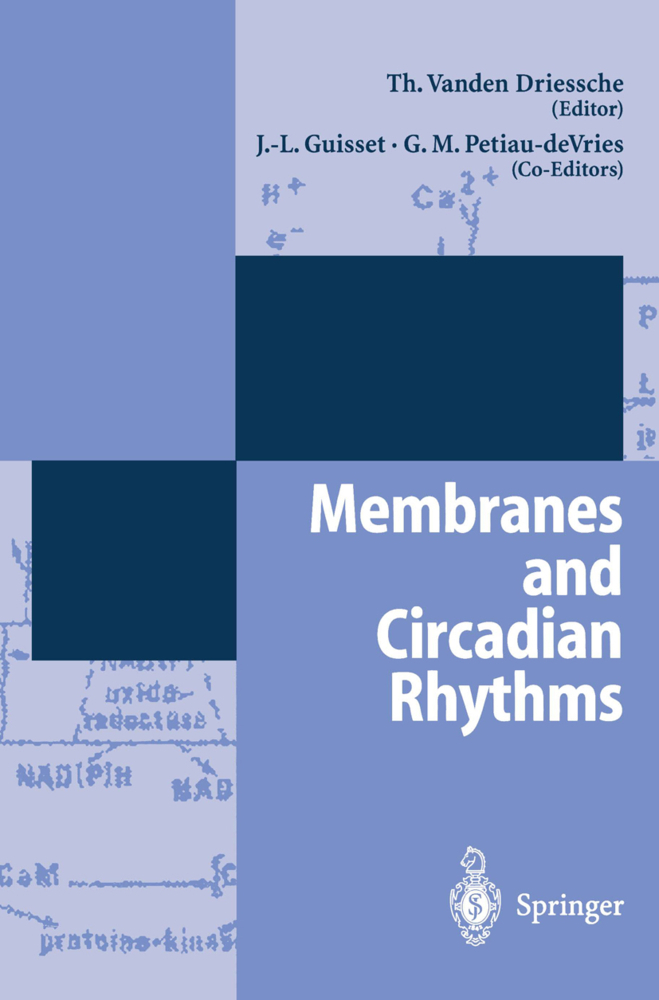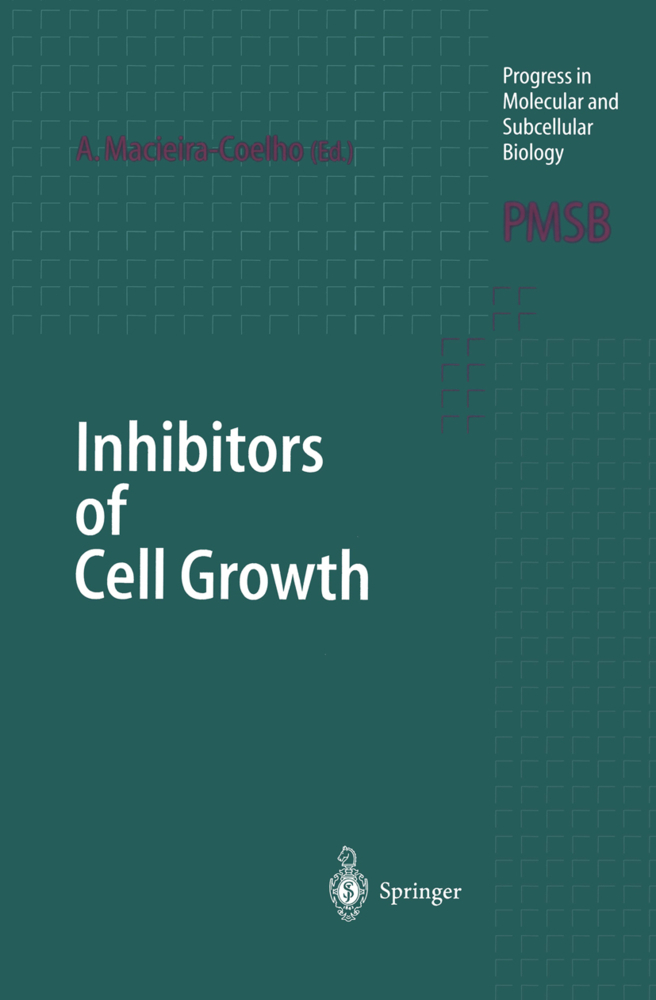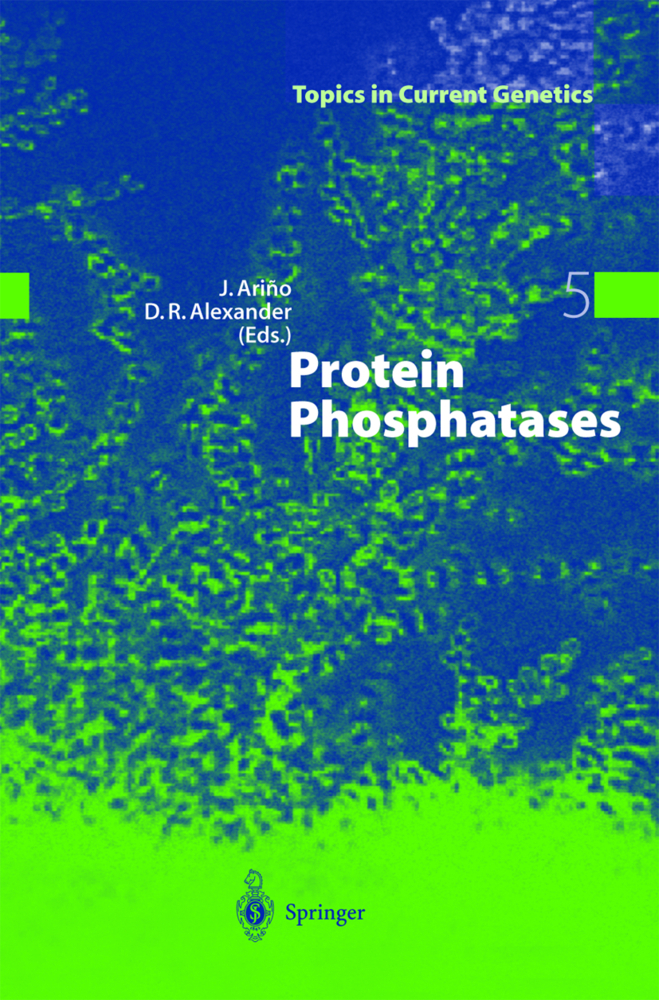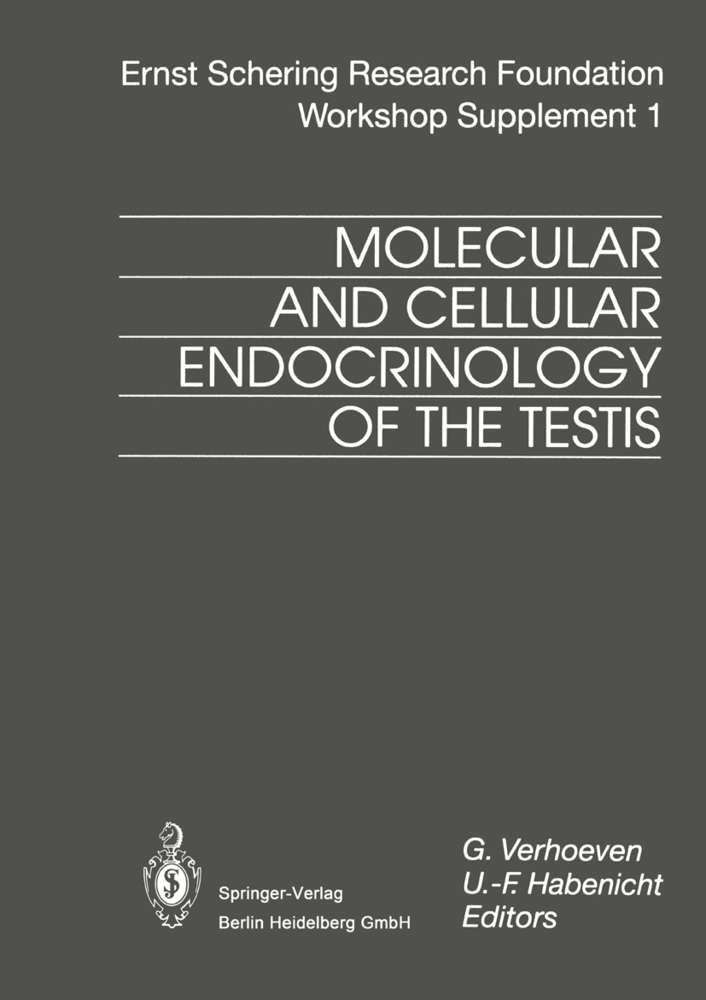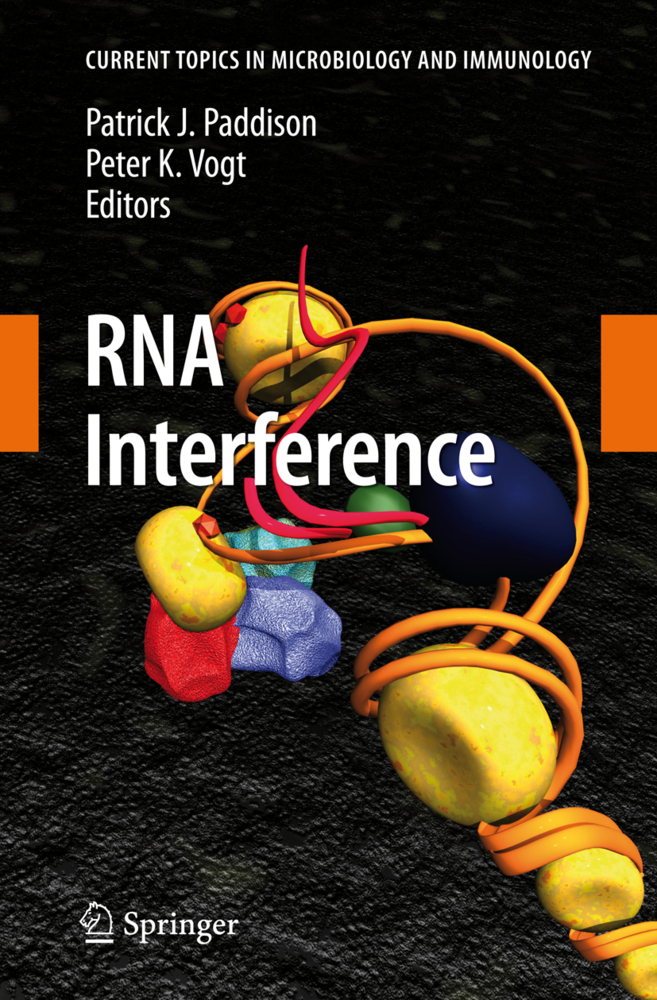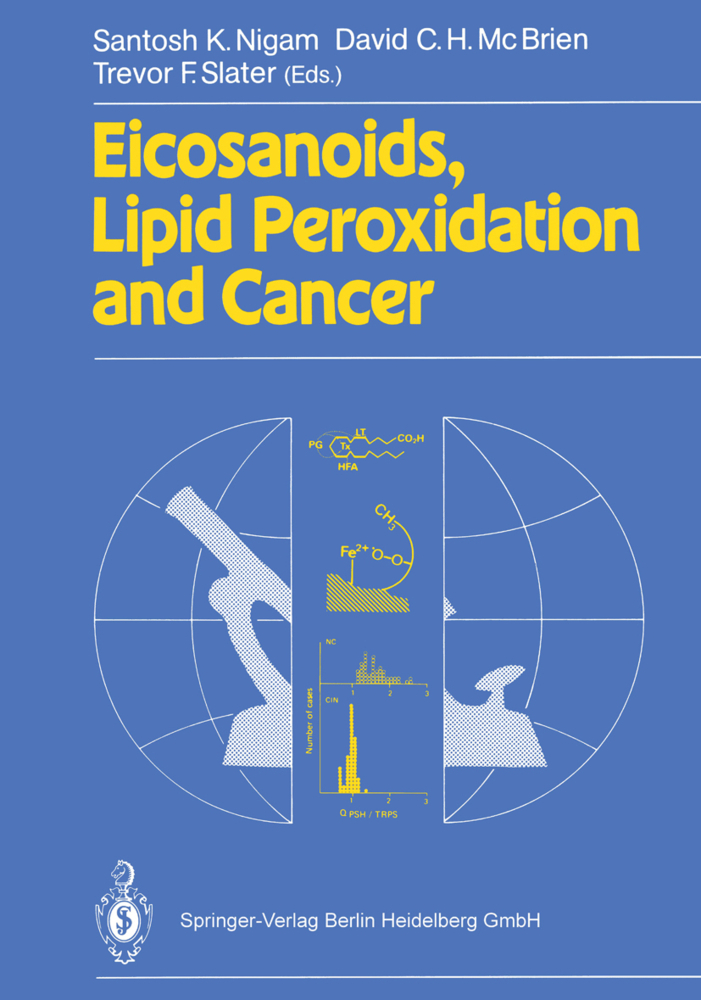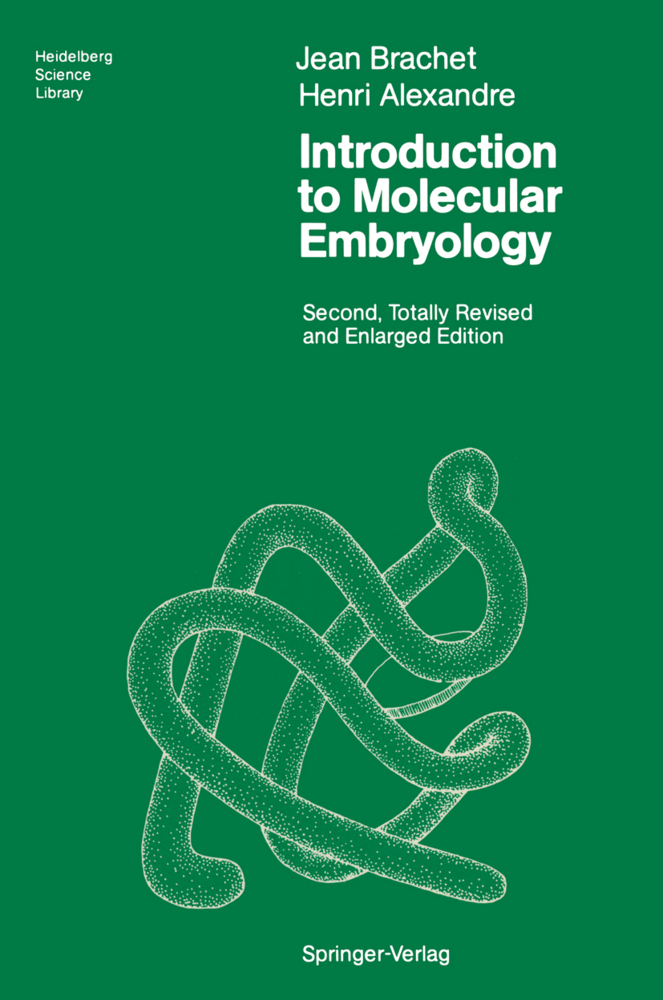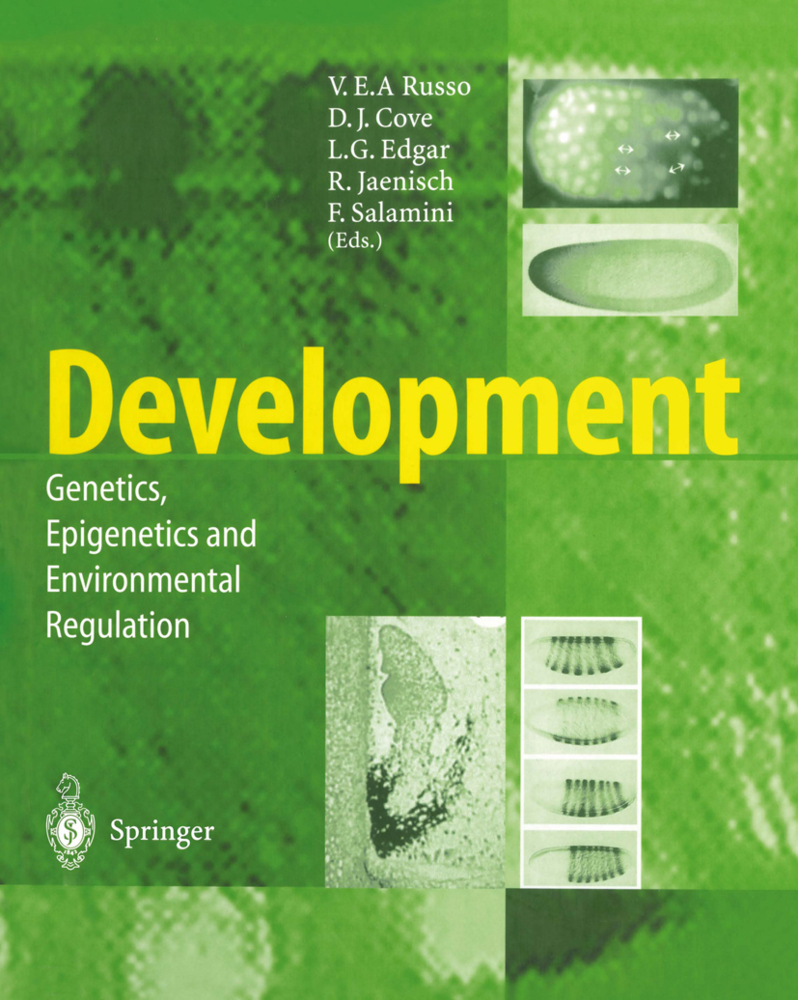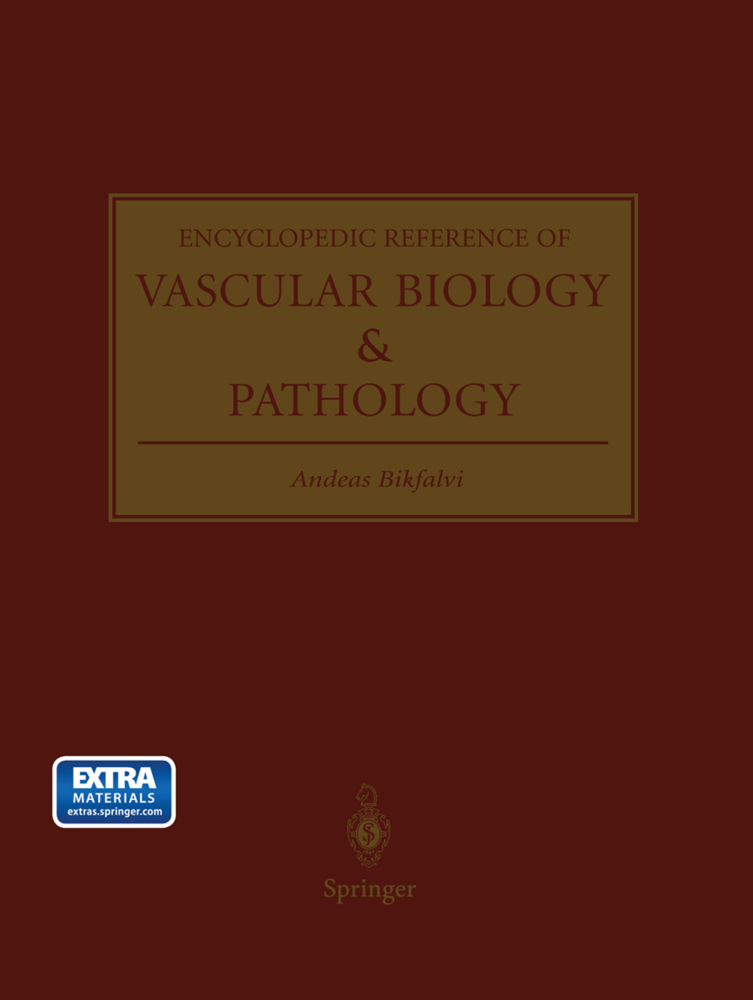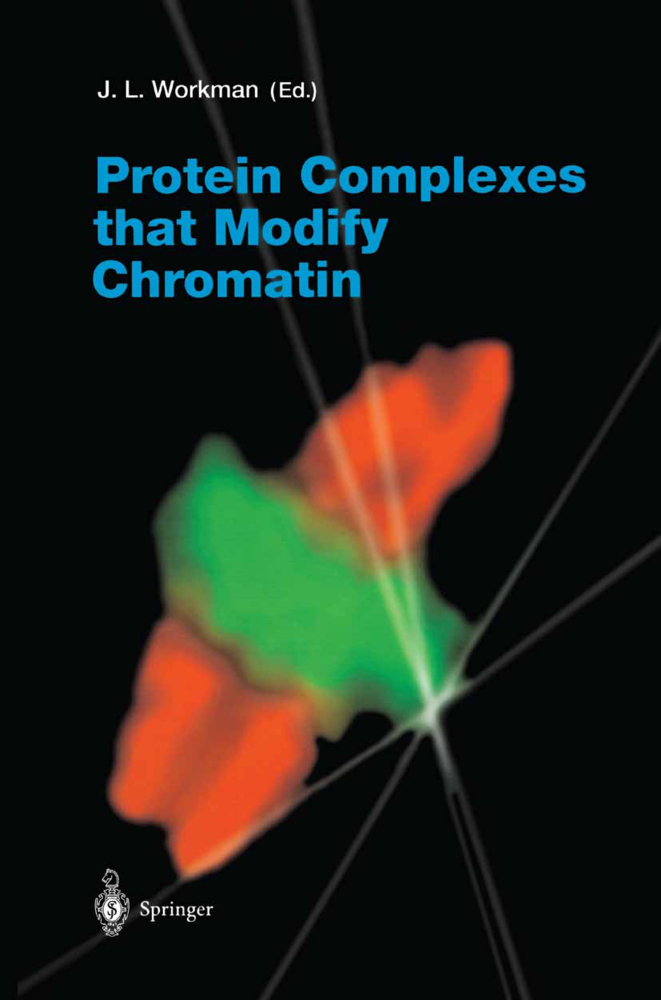Membranes and Circadian Rythms
Membranes and Circadian Rythms
Rambling of an elderly biochemist Most biochemists of my generation, who were trying to discover the pathways of metabolism, simply ignored membranes; or regarded them as a nuisance. Think of the difficulties experienced in studies on cytochromoxidase which one could not separate from " insoluble material )} or again of the desperate efforts during a quarter of a century to unravel oxidative phosphorylation without paying much attention to lipidic membranes, altough the system was known to be associated with them. Hence the amazement and the general skepticism that met at first Mitchell's theory, which was giving membranes the central function they deserve in oxidative phosphorylation and photosynthesis. This, I believe, was a turning point; enzymologists thereafter became aware of the importance of the membranes. Neurophysiologists, of course, had long been interested in the outer cell membrane with its electrical properties and the ion potentials. Histologists and electronmicroscopists also, who observed inside the cell.organelles of which membranes are essential components: nucleus, nucleoli, mitchondria, lysosomes,Golgi apparatus, endoplasmic reticulum, chloroplasts. For them at least, a cell did not look like a mere bag full of enzymes and small molecules; they knew, they could see that it is a highly structured system divided into many compartments by membranous formations.
2.1 Introduction
2.2 Lipids and Input
2.3 Lipid Metabolism and the Oscillator
2.4 Lipids and Output
2.5 Lipids and Temperature Compensation
2.6 Conclusion
Membrane Glycosylation and Circadian Rhythms in Plant Systems and in Animal Normal and Transformed Systems
3.1 Introduction
3.2 Glycoproteins
3.3 Glycolipids
3.4 Proteoglycans
3.5 Oligosaccharins
3.6 Calcium
3.7 Tumors
3.8 Conclusion
From Ultradian Biochemical Oscillations to Circadian Rhythms
4.1 Introduction
4.2 Biochemical Oscillations
4.3 Circadian Oscillations of the period Protein (PER) in Drosophila
4.4 Concluding Remarks
Cross-talk Between Clocks: Regulation of Cell Division Cycles by Circadian Oscillators
5.1 Introduction
5.2 Coupling between Oscillator and Cell Cycle: Role of Cyclic AMP
5.3 Problems and Prospects: Interface with the Cyclin Clock
Membrane Transport and Oscillations in Plants
6.1 Introduction
6.2 The Plasma Membrane H+-ATPase
6.3 Ion Channels
6.4 Temporal Oscillations
6.5 Spatial Oscillations
6.6 Conclusion
Circadian Rhythms and Photoperception in Plants: The Role of Red Light and Blue Light
7.1 Introduction: plants and light (with exclusion of photo-synthesis)
7.2 Phytochrome
7.3 Blue light
7.4 Blue light perception and the plasma membrane
7.5 Is there a role for free flavins in blue light perception?
7.6 Conclusion
Temporal Variations in Tissular and Plasma Protein Binding of Drugs with Special Reference to their Erythrocyte Penetration as Mechanisms Involved in Chronopharmacological Effects
8.1 Introduction
8.2 Temporal variations in plasma protein binding of drugs
8.3 Temporal variations in tissular drug binding
8.4 Penetration of drugs into erythrocytes as a tool for the study of temporal variation in the passage of drugs through membranes
8.5 Chronopharmacological mechanisms at receptor sites
8.6 Conclusions
Photosynthesis: a Post-Transcriptionally Regulated Circadian Rhythm in Some Lower Eukaryotes
9.1 Introduction
9.2 Circadian Rhythmicity Regulated at Post-Transcriptional Level
9.3 The Support of the Circadian Rhythm in Photosynthesis in three Unicellular Organisms
9.4 Final Remarks and Conclusions
Circadian Rhythms, Membranes and Susceptibility to Environmental Factors
10.1 Introduction
10.2 Experimental Evidence
10.3 Conclusions
The Plasma Membrane of Acetabularia: an Integrating Function Regulated by Circadian Rhythmicity
11.1 Introduction
11.2 Basic Rhythmic Activity of the Plasma Membrane
11.3 The Plasma Membrane Photoreceptor
11.4 The Plasma Membrane NADP(H)-Oxido-Reductase
11.5 The Peroxidase/Ascorbic Acid System
11.6 The Phytohormone Receptors
11.7 The Insulin Receptor. Its Role in Acetabularia
11.8 Discussion and Conclusion.
and Overview
Membrane Lipids and Circadian Rhythms in Neurospora crassa2.1 Introduction
2.2 Lipids and Input
2.3 Lipid Metabolism and the Oscillator
2.4 Lipids and Output
2.5 Lipids and Temperature Compensation
2.6 Conclusion
Membrane Glycosylation and Circadian Rhythms in Plant Systems and in Animal Normal and Transformed Systems
3.1 Introduction
3.2 Glycoproteins
3.3 Glycolipids
3.4 Proteoglycans
3.5 Oligosaccharins
3.6 Calcium
3.7 Tumors
3.8 Conclusion
From Ultradian Biochemical Oscillations to Circadian Rhythms
4.1 Introduction
4.2 Biochemical Oscillations
4.3 Circadian Oscillations of the period Protein (PER) in Drosophila
4.4 Concluding Remarks
Cross-talk Between Clocks: Regulation of Cell Division Cycles by Circadian Oscillators
5.1 Introduction
5.2 Coupling between Oscillator and Cell Cycle: Role of Cyclic AMP
5.3 Problems and Prospects: Interface with the Cyclin Clock
Membrane Transport and Oscillations in Plants
6.1 Introduction
6.2 The Plasma Membrane H+-ATPase
6.3 Ion Channels
6.4 Temporal Oscillations
6.5 Spatial Oscillations
6.6 Conclusion
Circadian Rhythms and Photoperception in Plants: The Role of Red Light and Blue Light
7.1 Introduction: plants and light (with exclusion of photo-synthesis)
7.2 Phytochrome
7.3 Blue light
7.4 Blue light perception and the plasma membrane
7.5 Is there a role for free flavins in blue light perception?
7.6 Conclusion
Temporal Variations in Tissular and Plasma Protein Binding of Drugs with Special Reference to their Erythrocyte Penetration as Mechanisms Involved in Chronopharmacological Effects
8.1 Introduction
8.2 Temporal variations in plasma protein binding of drugs
8.3 Temporal variations in tissular drug binding
8.4 Penetration of drugs into erythrocytes as a tool for the study of temporal variation in the passage of drugs through membranes
8.5 Chronopharmacological mechanisms at receptor sites
8.6 Conclusions
Photosynthesis: a Post-Transcriptionally Regulated Circadian Rhythm in Some Lower Eukaryotes
9.1 Introduction
9.2 Circadian Rhythmicity Regulated at Post-Transcriptional Level
9.3 The Support of the Circadian Rhythm in Photosynthesis in three Unicellular Organisms
9.4 Final Remarks and Conclusions
Circadian Rhythms, Membranes and Susceptibility to Environmental Factors
10.1 Introduction
10.2 Experimental Evidence
10.3 Conclusions
The Plasma Membrane of Acetabularia: an Integrating Function Regulated by Circadian Rhythmicity
11.1 Introduction
11.2 Basic Rhythmic Activity of the Plasma Membrane
11.3 The Plasma Membrane Photoreceptor
11.4 The Plasma Membrane NADP(H)-Oxido-Reductase
11.5 The Peroxidase/Ascorbic Acid System
11.6 The Phytohormone Receptors
11.7 The Insulin Receptor. Its Role in Acetabularia
11.8 Discussion and Conclusion.
Driessche, Therese Vanden
| ISBN | 978-3-540-60101-2 |
|---|---|
| Artikelnummer | 9783540601012 |
| Medientyp | Buch |
| Copyrightjahr | 1996 |
| Verlag | Springer, Berlin |
| Umfang | XII, 226 Seiten |
| Abbildungen | XII, 226 p. 4 illus. |
| Sprache | Englisch |

